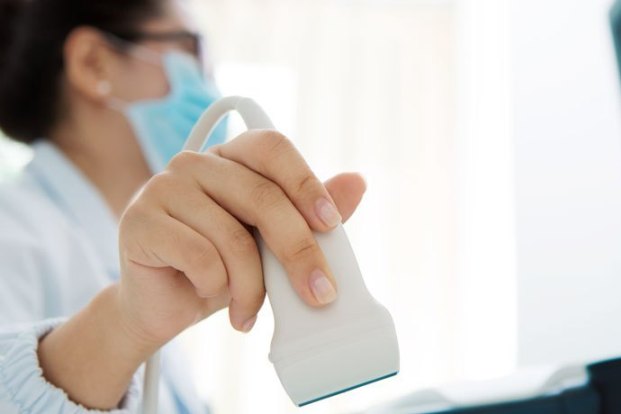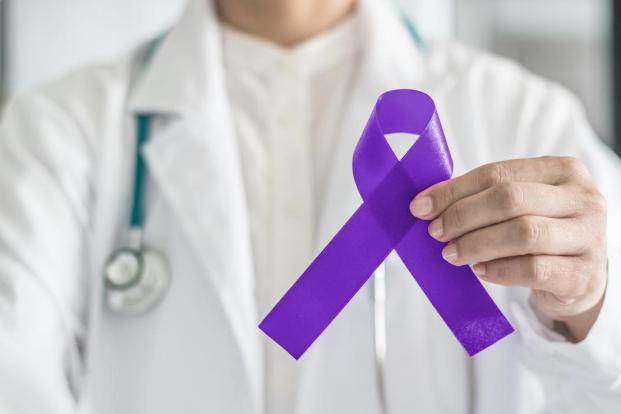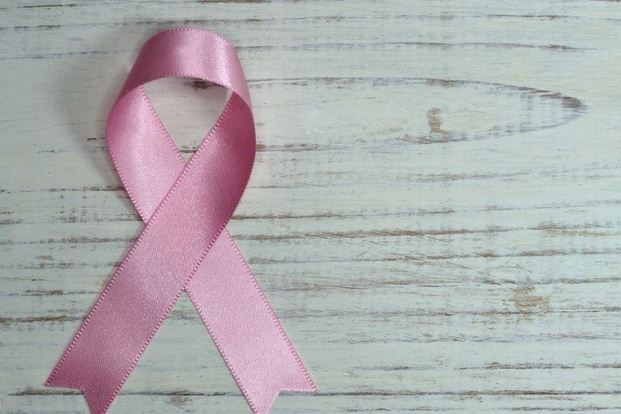Should I Get a Second Opinion for Breast Calcifications?

Apr 19, 2022
About 80 % of micro calcifications are benign. However, they are sometimes an indication of precancerous changes or cancer in the breast. If the biopsy shows the calcifications are benign, majorly yearly mammograms are required to diagnose the development.

Several women never have any symptoms about the breast cancer. They may not feel any difference. They may also miss the telltale symptoms of breast cancer, like lumps or other changes in their breasts. If your mammogram shows breast calcifications, doctors may suggest imaging or a biopsy. Breast calcifications are calcium deposits within breast tissue. On mammograms, they look like white spots or flecks and are usually so small that you cannot physically feel them. Several breast calcifications are noncancerous. Certain patterns of calcifications may be a mark of breast cancer. If calcifications are in tight clusters with irregular shapes, or if they grow in a line, that could indicate cancer. There are two main types of breast calcifications that can appear on a mammogram are macrocalcifications and microcalcifications.
- Macrocalcifications present on the mammogram are large round shape.
- Microcalcifications are small. On the mammogram, they may look like fine, white specks like grains of salt.
You should get a second opinion if your mammogram comes micro calcifications, since this type can indicate cancer. In several cases radiologist doesn’t catch enough details about mammogram. Your doctor will make a note of any breast calcifications that show up on your mammogram. They may also recommend you get a second opinion, especially if you’ve had cancer or have a family background of cancer. If mammogram indicates cancer, your doctor can help get you an appointment for a second opinion and talk about diagnosed options. Since micro calcifications are very small, they can sometimes be difficult to find out.







